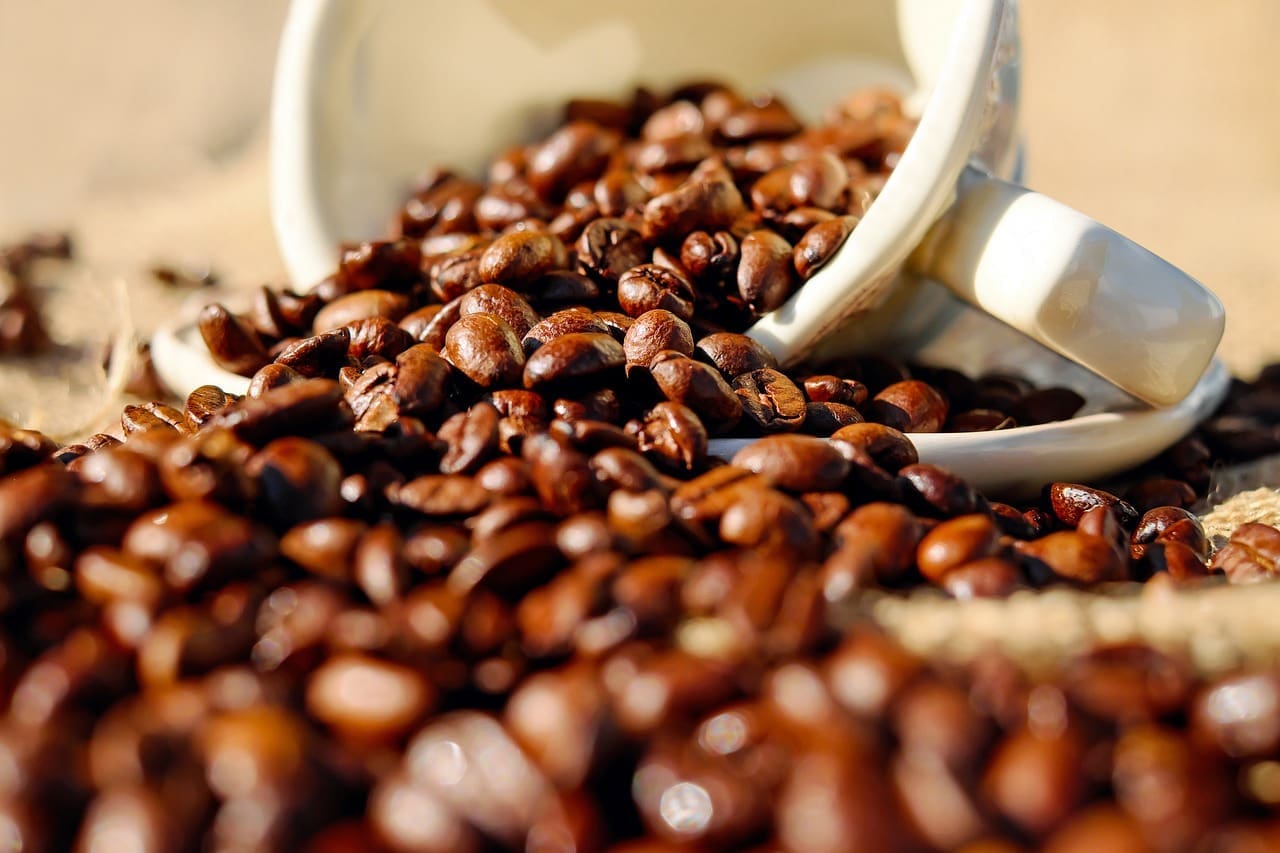
The Art of Coffee Blending: How to Create the Best Coffee Blends
The Art of Coffee Blending: How to Create the Best Coffee Blends
Coffee blending is a nuanced craft that transforms individual coffee beans into a harmonious cup that delights the senses. For enthusiasts and baristas alike, understanding the art of coffee blending can unlock a world of flavors and experiences. But what exactly goes into creating the perfect coffee blend? Let’s explore the intricacies of this art form, including the components, techniques, and tips for making outstanding coffee blends.
Understanding Coffee Beans
Before diving into blending, it’s essential to appreciate the different types of coffee beans and their flavor profiles. The two most common varieties are Arabica and Robusta:
– Arabica: Known for its nuanced flavors and acidity, Arabica beans are typically sweeter and more aromatic, often featuring notes of fruit, sugar, and floral undertones. They are generally grown at higher altitudes, which contributes to their complexity.
– Robusta: These beans have a stronger, more bitter taste, with earthy and nutty notes. Robusta plants are hardier and more resistant to disease, making them easier to cultivate at lower elevations. They also have higher caffeine content, which can contribute to a fuller body in blends.
The Science of Blending
Blending coffee involves combining different beans to achieve a specific flavor profile, aroma, and body. Here are the key components to consider:
1. Flavor: This includes the taste sensations detected on the palate—sweetness, acidity, bitterness, and savory notes. Different beans can contribute various flavor aspects, so understanding how they interact is crucial.
2. Aroma: The fragrance of coffee plays a significant role in the overall experience. Blending beans with complementary aromatic profiles can create a more inviting cup.
3. Body: This term refers to the weight and texture of coffee in the mouth. A blend that balances lighter-bodied and fuller-bodied beans can create a more satisfying experience.
4. Acidity: This characteristic adds brightness to the coffee. Striking a balance between high and low acidity can enhance the overall flavor profile.
The Blending Process
1. Selecting Your Beans
Start by selecting high-quality beans from different origins. Consider the flavor profiles of each bean and how they might complement one another. A well-rounded blend might include:
– A bright, fruity Arabica from Ethiopia.
– A nutty, chocolatey Brazilian bean.
– A bold, earthy Robusta for added body.
2. Experimenting with Ratios
Begin experimenting with different ratios of beans. A good starting point might be:
– 60% Arabica for flavor and aroma.
– 30% Robusta for body and caffeine kick.
– 10% of a unique origin for complexity.
Adjust these percentages based on your tasting notes and preferences.
3. Roasting Considerations
Roasting can significantly impact the flavor of coffee. You can either blend beans before or after roasting.
– Pre-Roast Blending: Mixing beans and roasting them together can create a more integrated flavor profile.
– Post-Roast Blending: Roasting beans separately allows you to highlight the unique characteristics of each origin before blending them.
4. Tasting and Refining
Once your blend is roasted, conduct tastings. This process may involve multiple iterations to fine-tune flavors. Look for balance—none of the beans should overpower the others. Take detailed notes on your tasting sessions to inform future blends.
Tips for Successful Blending
– Focus on Balance: Aim for a blend that has a balanced flavor, aroma, and body. Each element should complement the others rather than compete.
– Consider the Brewing Method: Different brewing methods can enhance or mask certain flavors. Consider how your blend will be brewed—espresso, pour-over, or French press—and adjust your blend accordingly.
– Be Adventurous: Don’t be afraid to experiment! Some of the best blends come from unexpected combinations. Try integrating spices or flavors, such as cinnamon or chocolate, for a unique twist.
– Get Feedback: Share your blends with friends, family, or fellow coffee lovers. Their feedback can provide valuable insights and help refine your process.
Conclusion
The art of coffee blending is a rewarding journey that combines science, creativity, and a passion for flavor. By understanding the different types of beans, experimenting with ratios, and refining your techniques, you can create a blend that truly reflects your taste preferences. Whether you’re brewing for yourself or sharing with others, mastering the art of blending can elevate your coffee experience to new heights. So grab your beans, get blending, and enjoy the delicious adventure that awaits!





Add a review
Your email address will not be published. Required fields are marked *